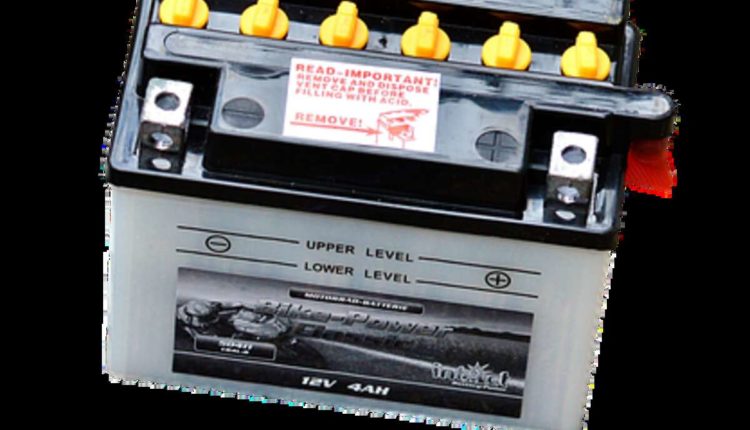A battery pack is an essential piece of equipment for any RC enthusiast. Your RC vehicle’s power needs depend heavily on the batteries you use, the quality of their pack construction, and the efficiency with which you charge them. A pre-assembled battery pack is available for purchase, but it is also possible to construct your own, giving you complete creative control over how your vehicle is powered.
While assembling a battery pack, the first thing to consider is what will be powered and how much energy will be required. The following is something more to consider:
First, inspect the undercarriage of your car. What’s more important than the car type is the available parking place. The battery packs could benefit from being horizontal, vertical, or even both. Consider how the weight of the battery will be distributed in your car, whether it will be centered in the back or shifted to the sides. Before you begin, be mindful of any restrictions, like a lack of room in the chassis for a battery pack.
Check out the RC vehicle’s motor second. The required power can calculate the number of batteries or cells required. You can also decide whether to stick with NiMH batteries or switch to LiPo.
Voltage can be calculated by adding the corresponding numbers together. When linked in series, 12 regular 1.2v cells provide 14.4v, sufficient to run a 14.4v RC electric motor.
Here’s a sample shopping list for the components of your battery pack, which you’ll need next. Keep in mind the previous example assumes you are making a 14.4v battery pack:
o Twelve AA or AAA Batteries
o 12 Battery Bars (you can save money by ordering in bulk if you intend to construct multiple packs).
o Wire: A high-quality 12 gauge variety with multiple strands is recommended. The improved efficiency and flexibility of power transmission made possible by such wire are highly desirable.
o Soldering Iron (80-100 Watt). Because of the heat sensitivity of batteries, you’ll want a pistol so that you can be more precise and rapid. The battery is less likely to be damaged if the process is quick and accurate.
I used 60/40 solder. This is superior quality and crucial for productive efficiency and battery life.
o Flux. To make soldering more accessible, this chemical cleaner eliminates oxidation from metal. Flux can be used in liquid or paste form during battery pack assembly.
Get rid of the goop! To bundle the batteries together, we’ll be using this quick-drying adhesive.
The Jig for Assembling Battery Packs is Extra. This assembly aids in ensuring the batteries are neatly lined up in the pack. In the end, the batteries are neatly packed and resemble cordwood.
o “Helping Hands” for soldering, if desired. Tools like this provide stability while soldering.
A “Helping Hands” accessory for your soldering station is a great way to save time, but it’s unnecessary.
Multiple Meter. To check voltage and polarity, a high-quality multimeter is required.
Tools for working with and severing wires. Use these tools to quickly and precisely manage, strip, and cut 12-gauge wire.
o The last part is the shrink wrap, which will be wrapped around the unit as a whole to maintain order. A heat gun is required to shrink the plastic wrap.
You can start putting everything together now that you know where and how many batteries you need. In this case, we’ll connect 12 battery cells in a two-by-six array.
The first step is figuring out where the batteries will go and how they will be set out about the chassis. Let’s pretend we’re practicing this by counting down from 12.
For clarity’s sake, the idea is to create a closed circuit by connecting the positive terminal of one battery pack to the positive terminal of the electric RC motor and the negative terminal of the other to the positive terminal of the first battery pack.
Remember that connecting the positive and negative ends of each battery pack requires a length of wire long enough to travel from one battery to the other.
Orientation. Place the first battery with the positive terminal facing upwards and the negative terminal facing downwards; then, reverse the polarity of the second battery and so on. If you invested in a battery assembly jig, now is the time to use it to position your cells properly.
Adhere. Use your quick-drying glue to keep all the batteries in one place and good alignment.
Flux. Now is the time to apply the change to the joints.
Join the cells together with the help of the battery bars. The soldering gun and battery bar both need to be heated up. The battery is safeguarded by the bar, and you can apply solder when the flux begins to bubble. The objective is to prevent the battery from overheating. Overheating the storm is dangerous since the cell could explode and counterproductive because it would render the battery useless.
For the remaining battery connections, follow the same procedure. You keep making the same association between the negative and the positive. The next step is to attach the battery pack’s wiring.
To pre-tin the wires, remove a quarter of an inch of the plastic wiring sheath, clean them with flux, apply the change generously, heat the wire with the solder gun, and then flow the solder into the wire until it is completely saturated. The soldier is also required for the batteries because they will serve as the connection between the battery and the battery holder.
Use the shrink wrap to keep the two six-cell battery packs together, and you’ll have a finished battery pack. You can now efficiently power and pilot your remote-controlled (RC) aircraft, boat, automobile, or truck.
Blair Stephens is a digital marketer, RC hobbyist, and copywriter. Check out Venom Group International’s Buying Guide for all the information you need on remote-control batteries, toys, and cars.
Read also: Techniques for Using a New Car Getting Service
